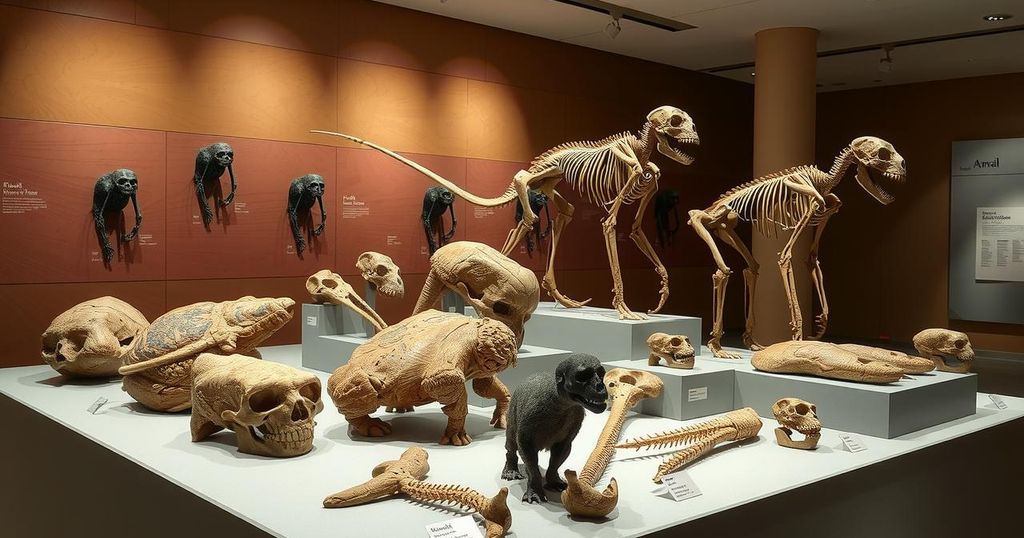Anthropologists Unearth Potential New Human Species: Homo juluensis
Researchers from the Chinese Academy of Sciences and the University of Hawai’i may have discovered a new human species called Homo juluensis during a classification study of ancient fossils. This species thrived in eastern Asia from 300,000 to 50,000 years ago, displaying unique traits that differentiate it from known hominins. The discovery raises exciting possibilities about the diversity of our ancestral lineage and the future of hominin research.
In a remarkable revelation, anthropologists from the Chinese Academy of Sciences and the University of Hawai’i have potentially identified a new human species, dubbed Homo juluensis. This groundbreaking discovery arose during their quest for a new way to classify ancient hominin fossils, revealing similarities among cranial and dental remains previously thought to be enigmatic. Unlike the singular Homo sapiens, these fossils display characteristics that distinguish them from well-known species, suggesting a diverse human family tree in ancient times.
The name Homo juluensis, translating to “big head,” signifies this new species that thrived in eastern Asia from about 300,000 to 50,000 years ago. The researchers propose that this group was skilled hunters, adept at crafting tools and processing animal hides to adapt to the harsh winters. Christopher J. Bae from the University of Hawai’i remarked on the unexpected nature of this finding, noting, “Although we started this project several years ago, we did not expect being able to propose a new hominin species and then to be able to organize the hominin fossils from Asia into different groups.”
Further adding to the intrigue, Denisovans—identified through DNA analysis in 2010—may belong to this new classification, leaving a tantalizing question mark over their origins. Furthermore, the Xujiayao hominin fossils, long confused for their mixed traits of Homo erectus and Homo sapiens, may also represent this newly identified species.
While this compelling evidence suggests a new chapter in human ancestry, more extensive studies are necessary before official acknowledgment. Each fossil still baffles researchers, hinting that our understanding of the hominin lineage might soon expand, welcoming new members to our prehistoric family.
The study of human evolution and hominins paints a complex picture of our ancestry, marked by numerous species that once roamed the Earth. The recent discovery of Homo juluensis adds to the narrative, highlighting that our straightforward lineage is far more intricate. Throughout history, scientists have explored various archaeological sites to unearth remnants of our ancestors, revealing a fascinating array of traits and tool-making capabilities that challenge previous classifications. This new proposed species underscores a critical reevaluation of our understanding of early human life, opening doors to fresh research and discoveries.
The potential recognition of Homo juluensis signals an exciting advancement in our comprehension of human evolution. This finding not only introduces a new species into the evolutionary narrative, but it also challenges existing categorization methods, reshaping our perception of ancient hominins. As research continues, we may uncover more mysteries, adding depth to the intricate tapestry of human history. The ongoing exploration of fossils promises to reveal an increasingly complex story of our origins, inviting us to rethink the nature of our ancestral lineage.
Original Source: www.popularmechanics.com




Post Comment